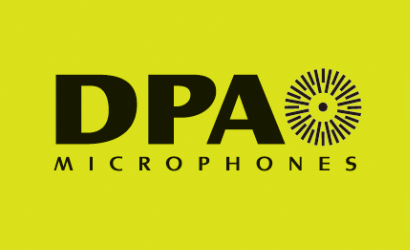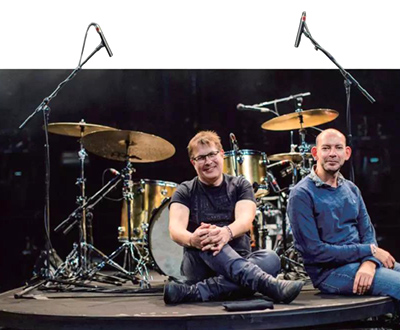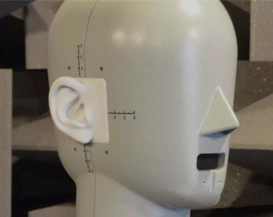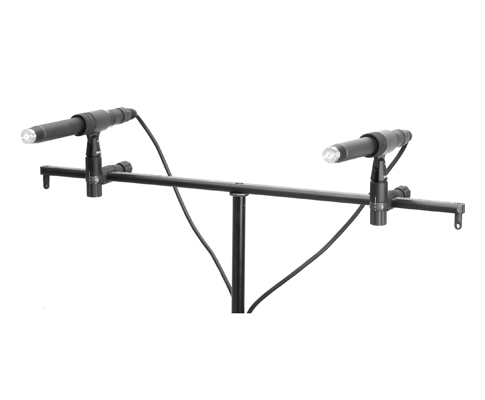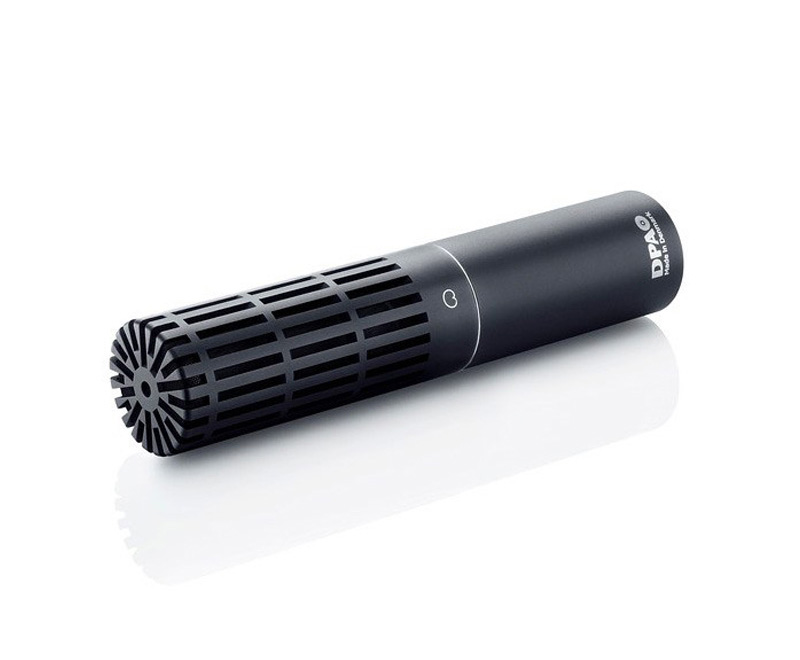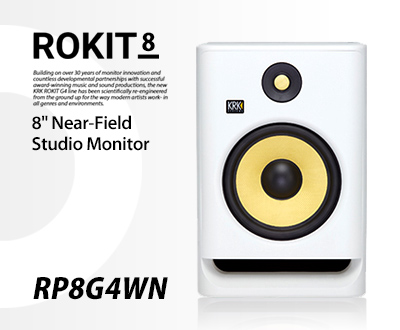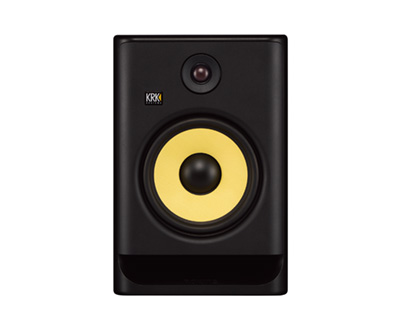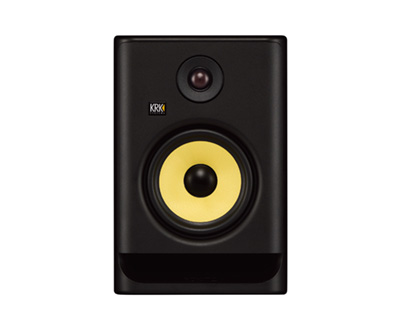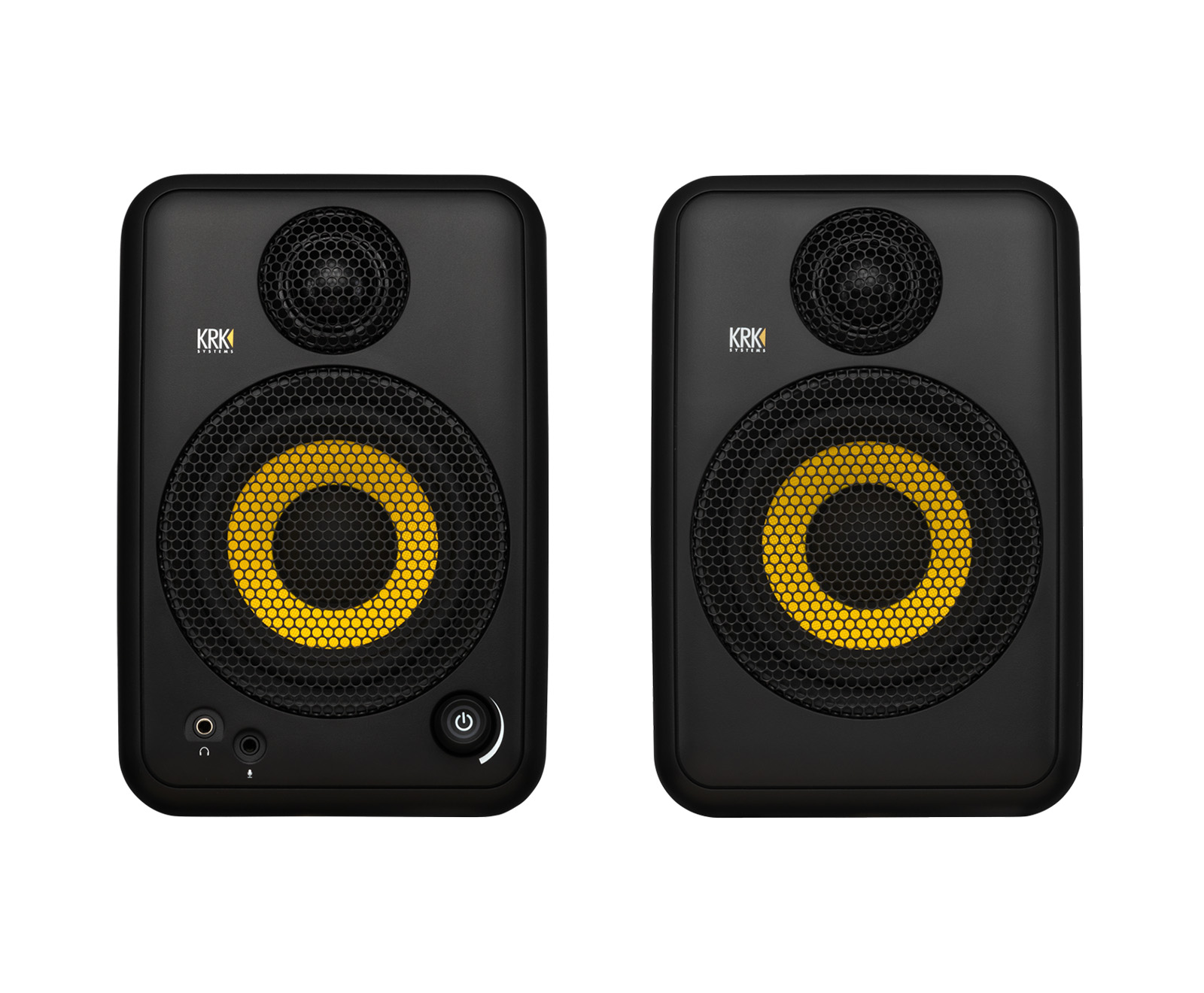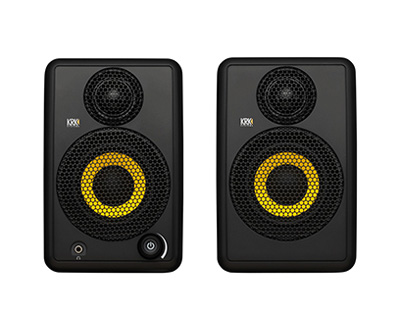Distinctive, well-balanced sound
- Blends clarity, richness and dynamics
- Twin Diaphragm Capsule Technology
- Advanced Interference Tube Technology
- Superb stage separation and level control
- Modular flexibility
The 2011 Twin Diaphragm Cardioid Mic is a directional microphone. The distinctive sound of this microphone is well balanced. It bridges the gap between the extreme sound quality of our pencil microphones and our well-known Lavalier microphones.
Two opposite-facing miniature capsules are custom rebuilt inside this microphone. They are placed into a double-diaphragm, one-capsule composition. This combines the advantages of small capsules with the lower inherent noise achieved from a larger diaphragm area. These capsules provide fast impulse response and large frequency bandwidth. The capsules are loaded to our supreme preamps, which gives the sound more air and precision.
Combine it with the preamp of your choice
As with all of our modular pencil microphones, you can combine the 2011 Twin Diaphragm Cardioid Mic Capsule with any of our preamps.
The MMP-A Mic Preamp is an ultra-transparent, transformerless preamplifier with active drive for impedance balancing. The MMP-C Compact Mic Preamp is an ultra-compact preamplifier with active drive for impedance balancing. It has a slightly softer character than the other preamps for our pencil microphones.
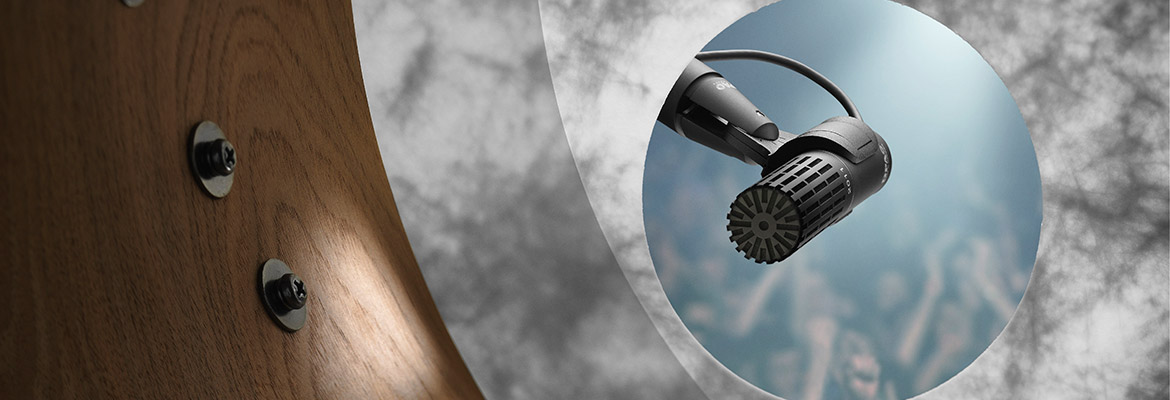
Other preamps include the very small form factor types MMP-E Modular Active Cable (XLR output) and MMP-G Modular Active Cable (MicroDot output), allowing for very slim set-ups. The MMP-G even allows you to match a larger microphone directly to a wireless transmitter.
The 2011A Twin Diaphragm Cardioid Mic is acclaimed for its close-miking excellence and hi-SPL handling. Optimized for onstage use, it has been used on many stages as well as recording sessions. It exhibits a previously unheard blend of clarity, richness and dynamic range.
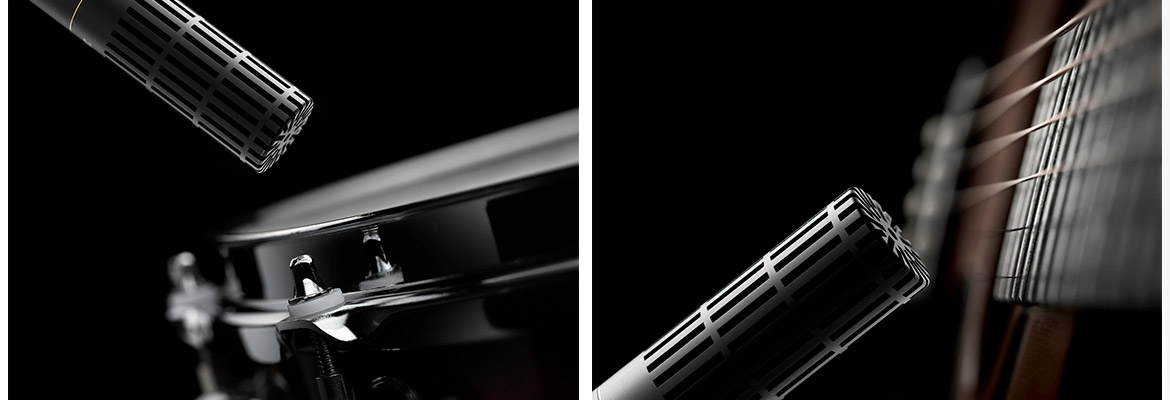
The 2011C Compact Twin Diaphragm Cardioid Mic offers a subtle character alteration with a bit more “body” to the low end than the 2011A. It is also much easier to position than other cardioid mics.
At any time, and with no tools needed, it is possible to transform the 2011 Twin Diaphragm Cardioid Mic into a new configuration. The 2011 is very widely used as a snare drum mic but fits easily well on many other instruments.
A bit about cardioids
Named for its “heart shaped” polar pattern, a cardioid (or directional) microphone has the most sensitivity at the front and is least sensitive from the sides and at the back. They come in many variations – with wider or narrower angles of sensitivity (supercardioid, hypercardioid, wide cardioid etc.). Although cardioids also pick up sound coming in from the sides, this off-axis sound will normally be more or less colored and damped. The unique DPA capsule technique however skips the colorization of the sound coming from the sides or the rear of the mic and just reduces the sensitivity to these angles and thereby offers perfect sound stages. The amount of damping depends on the exact specifications of the mic.
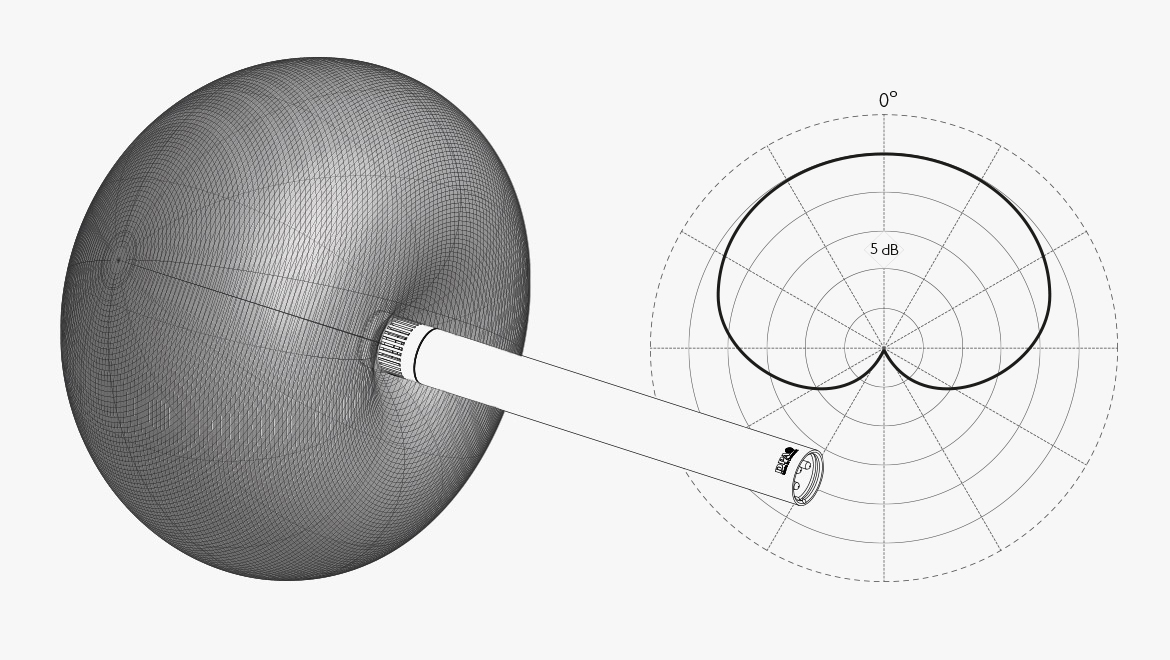
A cardioid microphone is, by definition, damped -6 dB at the 90°side entry of the microphone but for many, the word cardioid generally covers mics with a directional pattern versus omnis, which pick up sound from all directions.
Due to their nature, directional mics are often used on the live stage – both during concerts as well as spoken-word events, to capture the focused sound of an instrument or voice. The narrow angle of sensitivity helps to minimize the bleed from other sounds on a busy stage. One thing to note with cardioid mics is the proximity effect, which causes an increase in bass response the closer the microphone is moved to the sound source. Therefore, when judging mic specs you should always look for a statement stating the distance at which the flat frequency response has been measured. In addition, cardioid mics are far more sensitive to wind, pop and handling noises than omni mics, so be sure to take precautions to guard against this.
